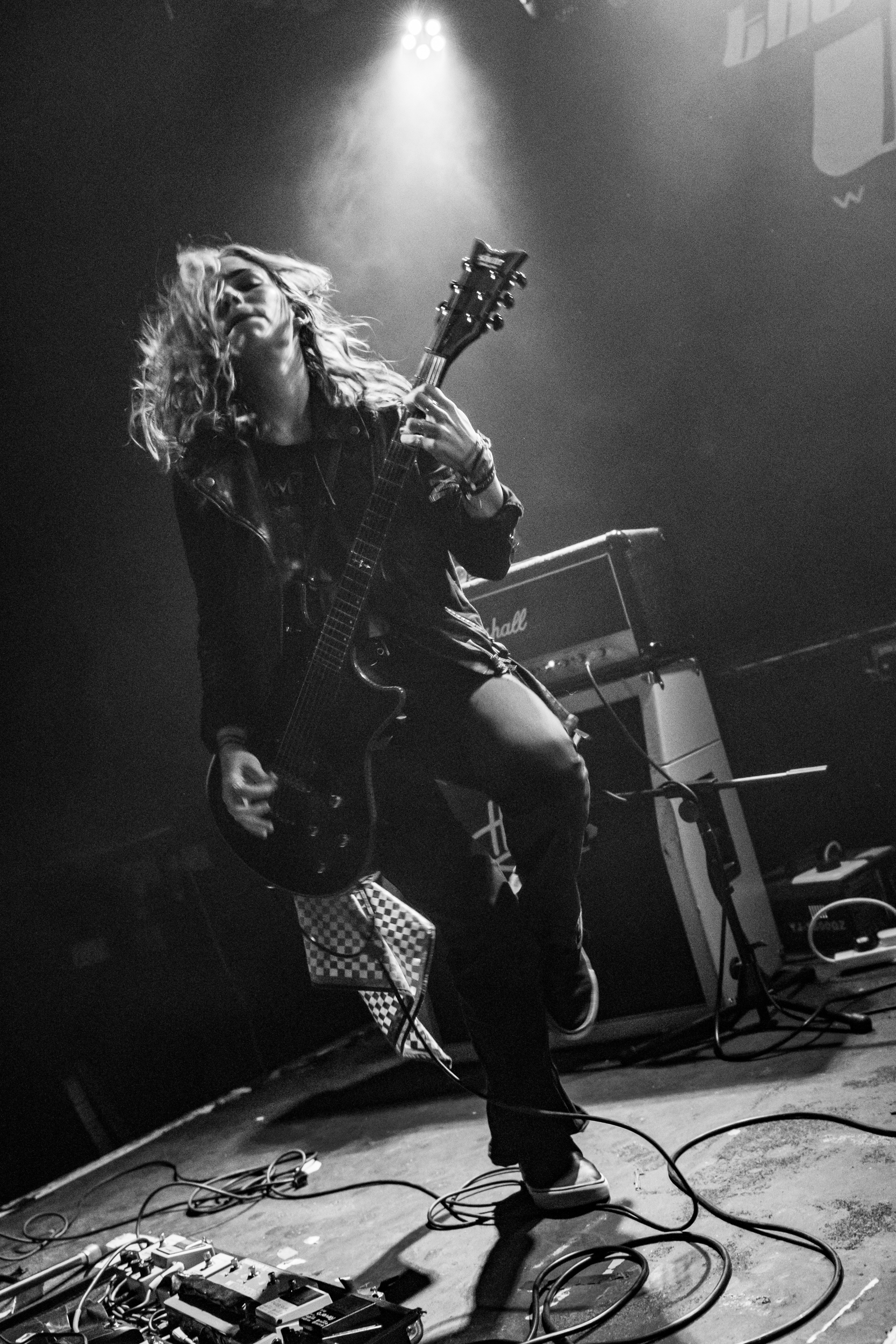Welcome to my website.
In this blog, I am going to set out how I started doing what I do and provide some general principles for music and sport photography. In other blogs, I explain how I approach photographing different situations, such as new sports.
So, how did it all start? Although I have been a keen photographer all my life, I woke up one day in 2016 and reflected that I had spent 35 years sitting at a desk in an office. I wanted to do something different – something that I really enjoy doing. My hobbies are photography, music, sport and travelling, so the solution seemed obvious…
Since then, I have been contacting music venues and sports clubs to see if I can come and take photographs, which has led to me photographing some 25 different sports. I should like to say a big thank you to all the people who have been so welcoming and supportive – and, in particular, thank you to all the photographers I have met along the way. Without exception, they have been generous with their time and advice.
I have made my images available to the clubs and the sportsmen/musicians involved. As one of my photographer friends put it, “If nobody sees your pictures, you just end us as a sad man with a camera …”. So I post my photos on Facebook, Instagram, Twitter, Flicker and on my own website. Please follow me on social media!
There are big similarities between photographing music and sport. Both involve capturing moving objects; in both cases, the lighting is likely to be completely outside your control; and both are totally – and thrillingly – unpredictable.
Both can also be very varied. For example, they can both be indoors or outdoors; and the conditions can range from extreme heat (in a packed music venue) to extreme cold (sitting near the corner flag at a football match in darkest February…).
The fun is adapting to the conditions, often in a situation and/or location that you have never experienced before, and using your experience to catch the ‘decisive moment’, isolate the point of interest and deliver images that reflect the drama of the occasion.
Although every situation will be different, it is possible to provide some general principles for camera settings:
· Exposure Mode – I always use Manual.
· Aperture – normally this will be set to the widest possible (say f1.8 or f2.8), in order to make the Depth of Field as shallow as possible. This is so that the point of interest is isolated by blurring the background.
· Shutter Speed – this will depend on what you are photographing but the principle is to set it to a speed fast enough to freeze the action (unless you want motion blur of course!). For ice hockey or cricket, where the puck/ball moves very quickly, this is likely to be at least 1/1000th sec. In a gloomy music venue, you will need 1/160th sec - or 1/125th sec - to coax as much light into the lens as possible.
· ISO – I normally set my ISO to ‘auto’, normally capped to about 6400, which I know will be manageable. In a dark music venue, I might let it go even higher than this and try to recover detail in post-production.
· Metering – again this varies, but I will often use spot metering to ensure that the point of interest is exposed correctly (particularly with music, where it is really important that the musician’s face is correctly exposed).
· Autofocus Mode – I use a tracking mode. When I used to have Nikon cameras, this meant AF-C 3D-tracking on the D500; with my new Sony A9II, it’s Tracking: Expand Flexible Spot (that would be AI-Servo on Canon). Once ‘locked on’, the camera will track the subject automatically. This allows you to concentrate on composition, safe in the knowledge that the camera is keeping the point of interest in focus.
· Drive Mode – I will normally have this on Continuous (Hi or Lo, depending on the subject), even for music because the lighting is changing all the time and singers often have their eyes closed, so you need to capture the split second that can make all the difference.
· RAW or JPEG? For the Jared Polin/ FroKnowsPhoto fans, “I Shoot RAW”! Actually, I don’t always … I do always shoot RAW for music because the lighting conditions are often extremely challenging, and you will need all the data you can get if you need to recover images in post-production. But, on a clear day at, say, a cricket match where I will be taking upwards of 2000 images during the day and processing the images then and there in order to upload them for the media, sometimes I do shoot JPEG … Sorry Jared.
Clearly these are general principles and I will break most of the rules almost all the time. But I hope that the above provides a starting point from which to depart.




